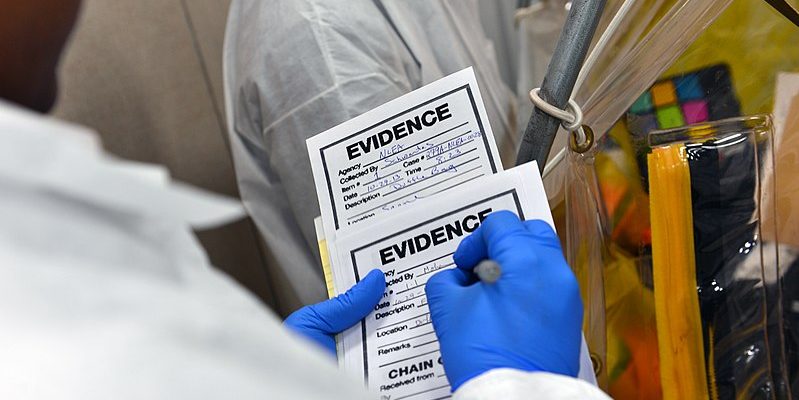By: Jacob Stotser With a garbage truck’s worth of plastic being dumped in the ocean each minute, there is a dire need for effective technological solutions aimed at mitigating the marine plastic pollution problem. However, the reliance of the U.S. patent system on market demand to incentivize this type of innovation has proven insufficient in light of the peculiarities of “green” technologies. To remedy this, this article proposes a multi-faceted incentivization approach that looks beyond the U.S. Patent and Trademark Office to stimulate the development of remediation technologies through comprehensive regulatory interventions, the establishment of prize funds and other alternative incentive mechanisms, and targeted reforms to patent procedures. Download Full Article (PDF) Cite: 23 Duke L. & Tech. Rev. 114





